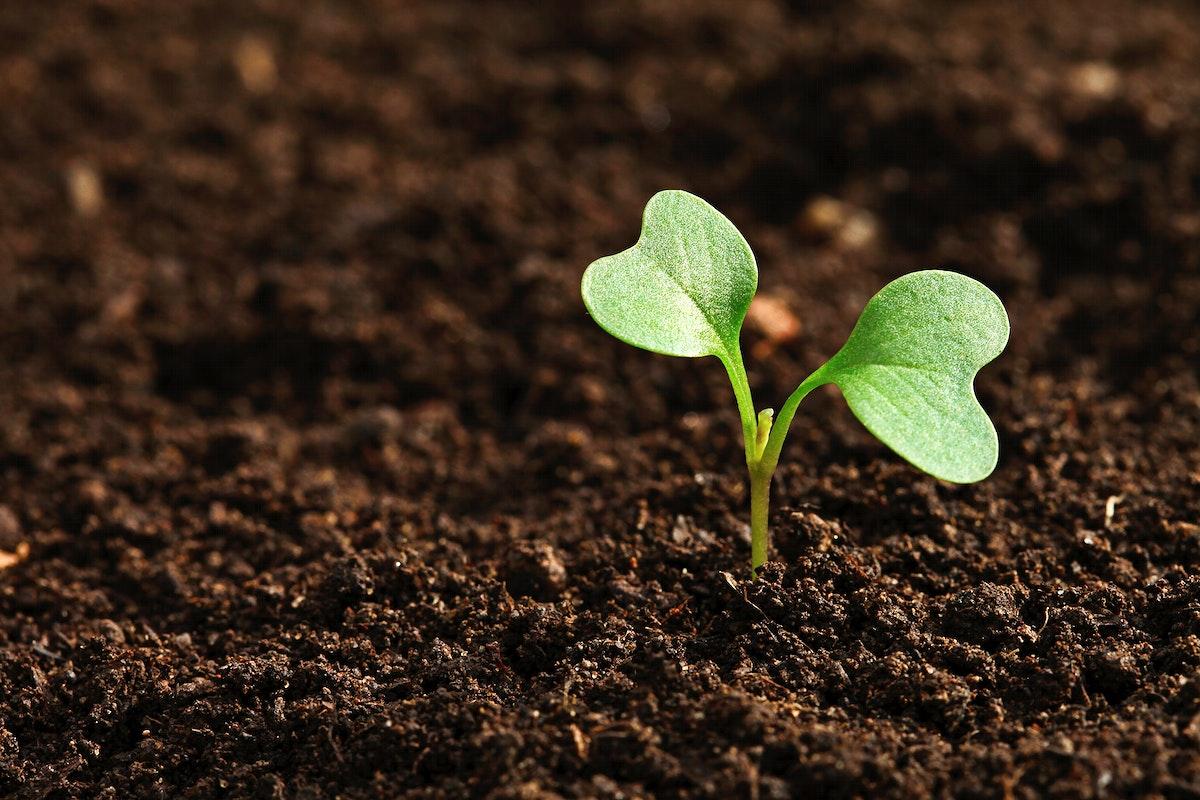
Worm World: Bedding - A Life Science Project for Wormologists
In this lesson, students conduct an experiment that answers the following driving question: Which type of bedding do red wigglers like better- coconut husk or shredded cardboard?
This lesson allows students to conduct a research experiment, collect, record, analyze, and share their data.
This lesson would be great as a focus during any life science unit and could easily be turned into a class project for gardening engagements.
Lesson Grade Level
2nd GradeLesson Plan Link/URL
https://docs.google.com/presentation/d/1BUU7E__1IHKTkDStIMW0DQWa5ktb-0wR/edit?u…Subject Area
Science Life Science L2: Organisms & Energy Mathematics Measurement and Data (MD) English Language Arts (ELA) Speaking & ListeningRelated Content

This is a lesson plan about creating a vermicomposting bin. This explains how vermicomposting helps in keeping the environment clean and also how it helps create rich soil which is important for

Students will participate in a hands-on scientific experiment that addresses the question: "Can you grow plants without seeds?" To further explore this concept, students will actively listen to a read

Students will use SEEK or other species identification tools to create a database of biodiversity on campus. The lesson starts with a discussion of the importance of biodiversity to the functioning of

